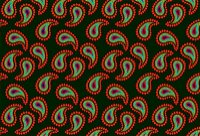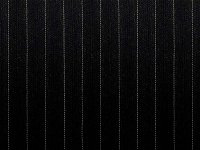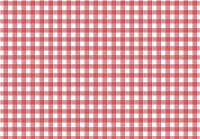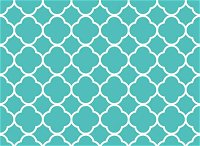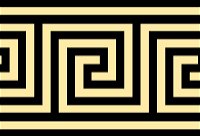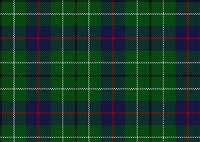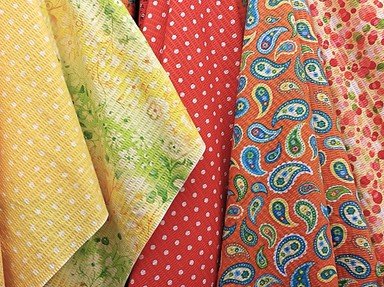
Fabric Fascination Trivia Quiz
Match the Fabric Patterns
The clothing world has long held onto classic patterns that continuously catch the eye from generation to generation. See if you can recognize these 12 patterns. (Click the images to get a closer look!)
by trident.
Estimated time: 3 mins.

